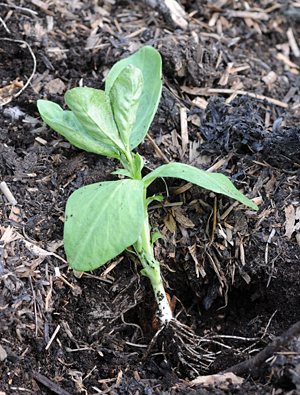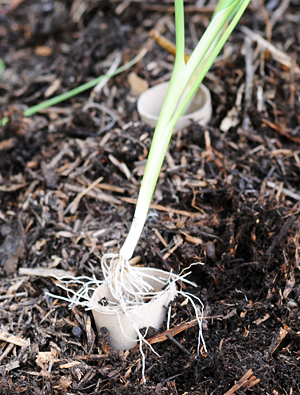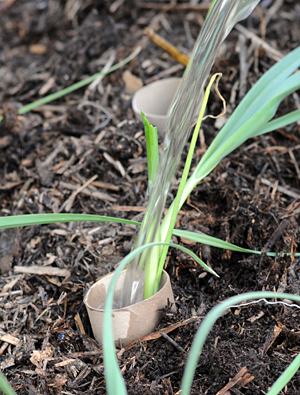Welcome to Relaxed Farming
- Alpacas
- Chickens
- Dairy Goats
- Ducks
- Geese
- Pigs
- Pygmy Goats
- Quail
- Rabbits
- Sheep
- Turkeys
- Polytunnel
- Photo Stories
- Video Stories
- Food
- Smallholding Map
- 2013
- 2014


- August
- September
- October
- November
- December
- January
- February
- March
- April
- May
- June
- July
- August


- 1
- 2
- 3
- 4
- 5
- 6
- 7
- 8
- 9
- 10
- 11
- 12
- 13
- 14
- 15
- 16
- 17
- 18
- 19
- 20
- 21
- 22
- 23
- 24
- 25
- 26
- 27
- 28
- 29
- 30
- 31
Wednesday, 6th August 2014
Today was a day of transplanting plants in the polytunnel. By transplanting we basically mean moving a growing plant to a different place for it to carry on growing. There can be all sorts of reasons why a plant may be transplanted: to give the plant more space, more light, to get it away from other plants that may be in its way and sometimes a plant may be moved simply because the owner wants it to be in a different position. It is very common when growing plants from seeds to plant them in one place, be it a pot, a greenhouse, a seed bed, etc and then when the young plant has grown its first sets of true leaves and has established a good root system, to then move it to the place you want it to grow to full size, and depending on what it is, to then fully mature which may involve flowering and setting (producing fruit).
The broad bean plant in the first photo was planted as a seed back on the 22nd July in the end of one of our polytunnel beds. Seven days later the first shoots began to show and today, after just 14 days, it is strong enough to be transplanted into a bed with bean netting already in place for it to start to climb up (along with several others).
Compare the growth of the broad beans to that of the leeks in the middle and last photos. We planted our leek seeds on 13th April, it was 19 days before the first shoots began to grow and a further three months before they were ready to transplant.
You may have spotted what look suspiciously like toilet roll inners (cardboard tubes) buried in the soil. In the middle photo the young leek, complete with a fabulous set of roots, is about to be lowered into one. In the last photo the same leek is then being 'watered in'. The idea behind the tube is to allow the leek's roots to establish themselves in the soil at the bottom but for the rest of the leek to remain clean. As the leek grows it will gradually fill the roll but remain clean and hopefully upright. We use this system every year and it works a treat. We hope to be harvesting these leeks in late autumn and some, as last year, will end up in one of our winter warming vegetable soups!!


